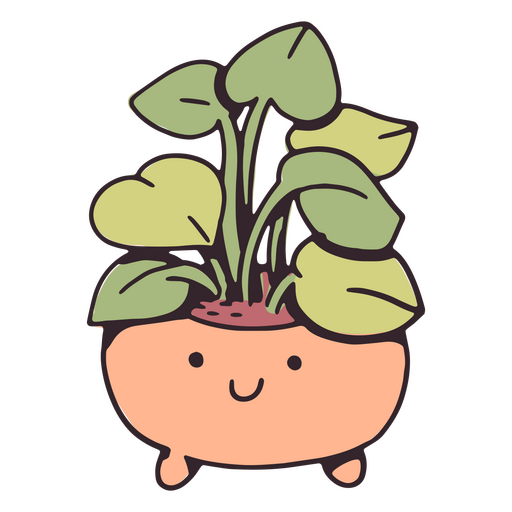Country: The Netherlands
And… can I use them to make a herbal tea? They smell nice.
I don’t have a positive ID for you but it appears to be in the Umbillifer family, some of which are edible in whole (carrots) and some of which are highly poisonous, even to the touch (hemlock). Be careful and don’t eat or touch without a positive ID. Many from this family look similar. Wiki
Thanks a lot!
Don’t worry, I am cautious about positively identifying anything before actually putting it near my mouth!
I will admit that I am a bit liberal with the touching and smelling, but I think I take an appropriate level of precautions.
Automatic identification via PlantNet summary
Most likely match: Daucus carota L.
Common name Scientific name Likeliness Queen Anne s lace Daucus carota 50.32 % Queen Anne’s snowflake Daucus muricatus 14.36 % Rattlesnake-weed Daucus pusillus 8.85 % Hartwort Tordylium maximum 5.80 % Queen Anne s Lace (actual commom name) Rouya polygama 4.58 % Beep, boop
I am a bot, and this action was performed automatically.
From Wikipedia:
The function of the central dark florets of D. carota has been subject to debate since Charles Darwin speculated that they are a vestigial trait.[14] It has been suggested that they have the adaptive function of mimicking insects, thus either discouraging herbivory,[15] or attracting pollinators[16] by indicating the presence of food or opportunities for mating
Alright - so it’s not only me who thinks that they look like spiky insects 😄
Well, the spiky insects in the photo are the seeds. They are spiky so that they could easily hook onto animal fur and be carried to new places. The Wiki article talks about flowers – this is what they mean, it’s really cool:

Ah! Yeah, I failed at reading comprehension here.
I don’t see the image you posted, but I looked up “D. carota dark central florets” and I found some images. Cool! I will pay attention to this next time I find them.
I agree this is most likely Daucus carota. If you are looking for some tasty herbal teas from Dutch wild plants I can recommend stinging nettle (harvest top 4 young leaves), elderflower (not in season now though…), wild blackberry and wild strawberry. I have some Dutch books about foraging, I will check for more!
Thanks! I will look into those! Quite exciting :D
I have foraged and eaten some stinging nettle, but I didn’t know it was good for making tea!
Is there a trick to making elderflower tea? The crushed leaves of elder have a very characteristic strong smell that I don’t find so pleasant - will the flower tea taste like that?
The blackberry and wild strawberry teas are made from the fruit? Or can tea be brewed from the leaves?
Stinging nettle tea is supposedly very healthy! I always make stinging nettle soup in the spring, usually there is some Alliaria petiolata growing close by that taste like garlic so that goes in the soup as well. For elderflower tea: dry the flowers, don’t eat the stems, leaves or raw fruit as they are poisonous. You can try elderflower lemonade from the supermarket to see if you like the taste, I hate it :P but I use the berries to add to my apples when I make cider (you have to heat the berries to nutralize the toxins, and remove all stems and leaves as they are poisonous).
I use blackberries and wild strawberry fruits in my tea, but my books say you can use the leaves as well.
Other berries you will be able to find: Rosa canina and Rosa rubiginosa: you make tea of the fruits (and jam as well!) For tea from leaves: Betula leaves, Lamium (dovenetel) leaves, Achillea millefolium leaves and flowers, Tilia cordata (linden) blossoms (this is delicious! my favorite tea), wild mint
For some good books and cards to take with you for foraging I recommend you check KNNV Uitgeverij, I have this info from some of their books, I like the ‘Wildplukken’ series by Peter Kouwenhoven & Barbara Peters. I prefer to get my info on this stuff from books printed by a reputable place that are about our local ecosystem, because there is so much bad information on the internet.
Betula leaves? As in, birch trees?! Their leaves can be used for tea?!
Thanks a lot for sharing all of this info! Wildplukken looks awesome, I’ve just placed an order :D
Yes, birch trees! I haven’t tried it myself. And no problem! I have a big collection of books and love to share :D
Cool! I’ll read about it.
Tilia tea I’ve tried, but I think I used Tilia americana. I remember that that tee might possibly help to sleep.
The Alliaria petiolata I do see a lot around where I live! There is also a park nearby that has carpets of Allium ursinum, which also taste like garlic. I really like them.
Achillea millefolium is suuuuper common now and easy to find. Such a great list! Thanks again :D
I cannot confirm nor deny that I have relocated some Allium ursinum from my local forest to my garden 😅 I have some herb butter I made with it in the fridge now! I make a lot in the spring, and put it in the freezer in small batches for later.
I have some herb butter I made with it in the fridge now!
Mmmmm, sounds delicious!
It can be wild carrots, can be hemlock.
First thing to do is look at the stem. If it’s hairy you can try to identify it. If it’s glabrous (no hair) then it definitely is toxic.
It’s not hemlock. You can see involucral bracts in the photo (the green forked leaflets underneath the fruit). Hemlock doesn’t have those. Be carefull if you think you found a hemlock - it can cause poisoning from skin contact alone, so it’s better to investigate it without touching it.
Ah didn’t know about those, thanks !
I edited my comment and changed “touch” for “look at”. You’re right, if it’s hemlock it’s better not to touch it.
If it’s wild carrot you can mix the flowers (opened white ones) in batter and fry it. Tastes delicious.
Cool observation about the hair! Thanks
I will study more details about the wild carrot and hemlock and I’ll inspect the plant better next time I walk by.



